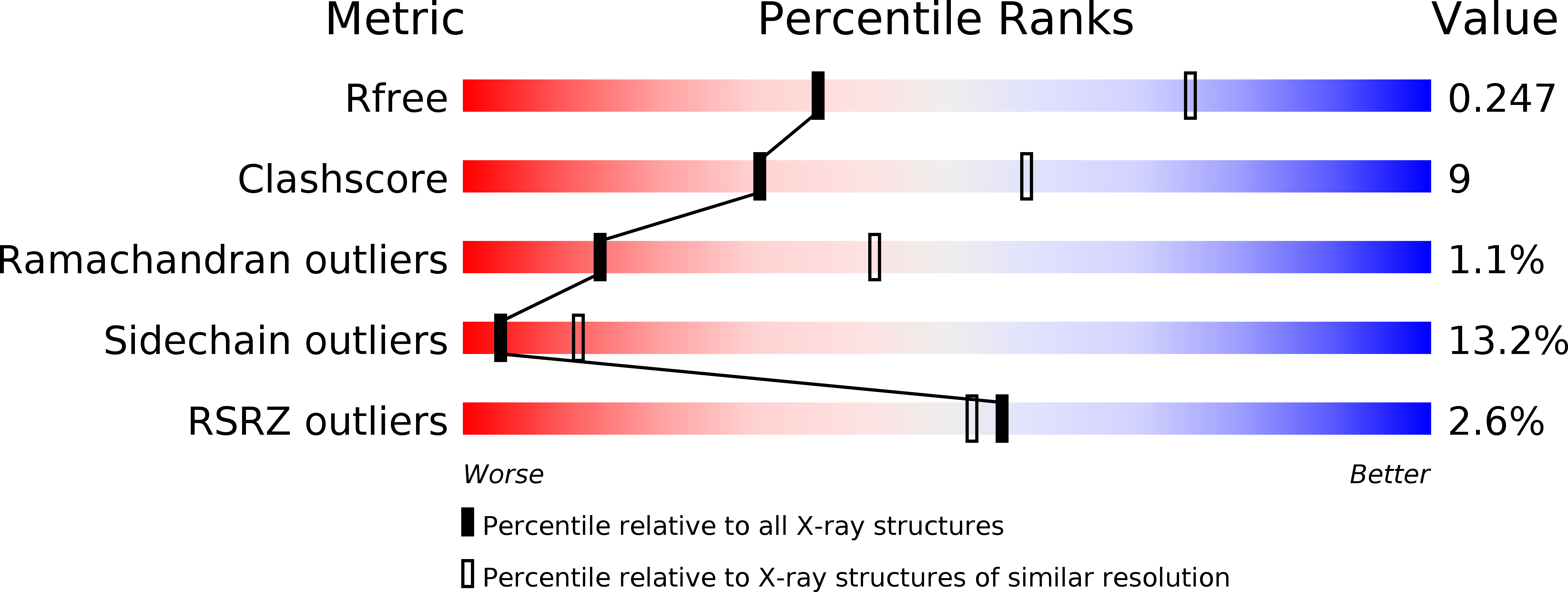
Deposition Date
2003-11-17
Release Date
2005-02-16
Last Version Date
2023-12-13
Method Details:
Experimental Method:
Resolution:
2.90 Å
R-Value Free:
0.26
R-Value Work:
0.24
R-Value Observed:
0.24
Space Group:
P 65 2 2


